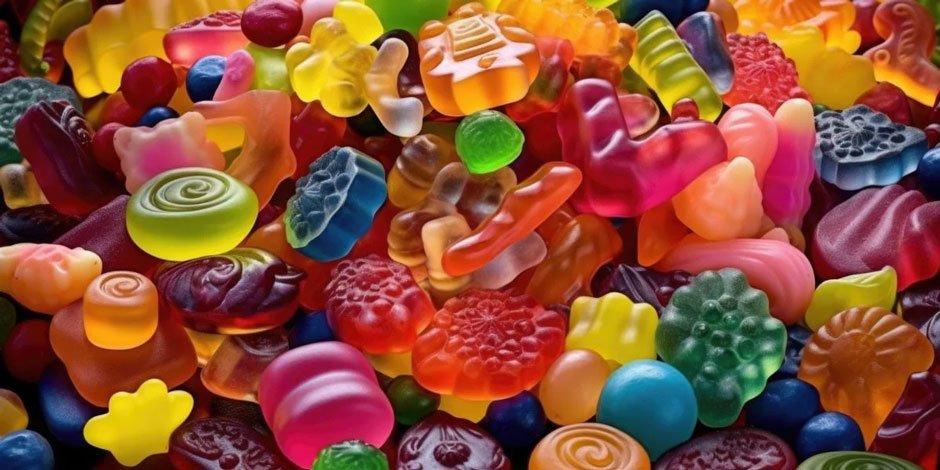 In the vibrant world of food, color plays a pivotal role in shaping consumer perception and experience. From the enticing red of strawberries to the rich green of mint-flavored desserts, food colors enhance visual appeal and influence purchasing decisions. Behind these captivating hues are food color manufacturers who meticulously blend art and science to create safe, high-quality colorants for various food applications.
In the vibrant world of food, color plays a pivotal role in shaping consumer perception and experience. From the enticing red of strawberries to the rich green of mint-flavored desserts, food colors enhance visual appeal and influence purchasing decisions. Behind these captivating hues are food color manufacturers who meticulously blend art and science to create safe, high-quality colorants for various food applications.
Understanding Food Colors
Food colors can be broadly classified into two categories: natural and synthetic.
- Natural Food Colors: Derived from plants, vegetables, minerals, and other natural sources. Examples include turmeric for yellow, beetroot for red, and spirulina for blue-green hues. Natural colors are gaining popularity due to the rising demand for clean-label and health-conscious products.
- Synthetic Food Colors: Chemically synthesized to achieve vibrant and consistent color outcomes. They are widely used in confectionery, beverages, and processed foods due to their high stability and color intensity.
Role of Food Color Manufacturers
Food color manufacturers are responsible for producing colorants that meet stringent safety and quality standards. Their role extends beyond production to ensuring:
- Safety and Compliance: Manufacturers must comply with local and international food safety regulations, such as those set by the Food and Drug Administration (FDA), European Food Safety Authority (EFSA), and Food Safety and Standards Authority of India (FSSAI). This ensures that the colors used are safe for consumption.
- Consistency and Stability: Maintaining color consistency in large-scale production is crucial. Manufacturers use advanced technology to ensure that every batch of colorant meets the same standard, regardless of the scale.
- Customization: Many food manufacturers require customized color solutions to match their brand aesthetics. Food color manufacturers offer tailored solutions that align with specific product needs and branding strategies.
- Innovation: The food industry is constantly evolving, and so are color trends. Manufacturers invest in research and development to create innovative color solutions, such as plant-based colors, glow-in-the-dark colors, and color-changing pigments.
Challenges Faced by Food Color Manufacturers
Despite the exciting opportunities, food color manufacturers face several challenges:
- Regulatory Changes: Continuous changes in food safety regulations require manufacturers to stay updated and adapt quickly.
- Consumer Preferences: With the growing demand for natural and clean-label products, manufacturers must innovate while maintaining cost-efficiency.
- Global Supply Chain: Sourcing natural ingredients from different parts of the world can sometimes be challenging due to climate changes, transportation issues, or geopolitical factors.
The Future of Food Colors
The future of food color manufacturing lies in sustainability and innovation. Manufacturers are exploring sustainable sourcing, eco-friendly production processes, and plant-based colorants to meet consumer demands. Additionally, the development of functional colors that offer health benefits, such as antioxidants or vitamins, is gaining momentum.
As consumer awareness continues to grow, food color manufacturers play a critical role in shaping the future of the food industry. Their commitment to quality, safety, and innovation ensures that the food on our plates looks as delicious as it tastes.
Whether you’re a food manufacturer seeking reliable color solutions or a consumer curious about the vibrant hues in your food, understanding the role of food color manufacturers provides valuable insight into the world of food science and aesthetics.





Leave a Reply